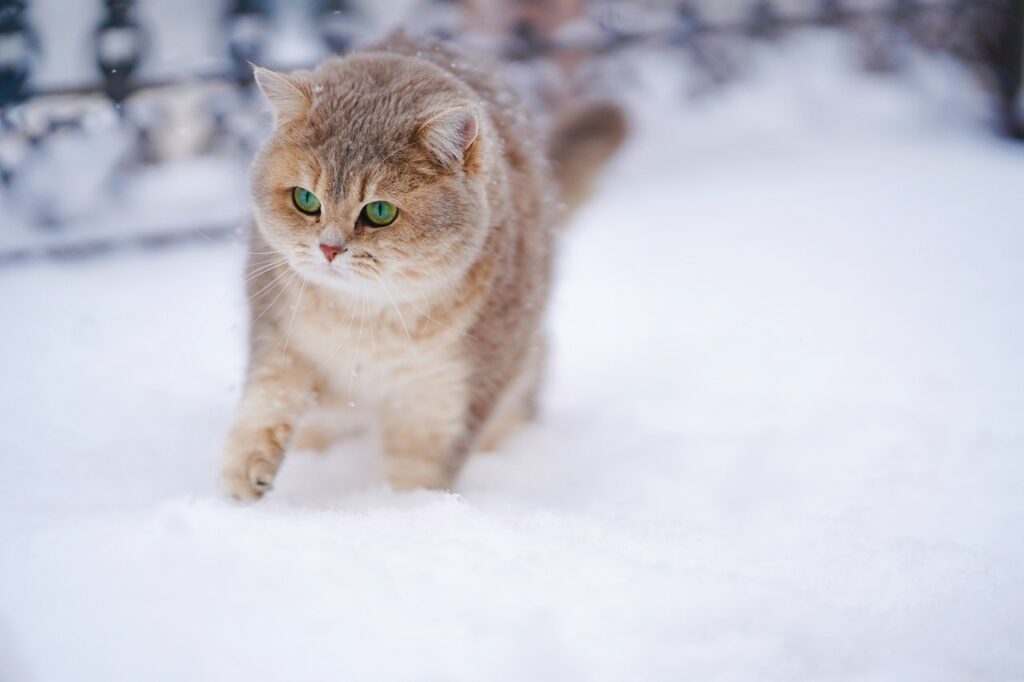Uncovering the Mystery of Cat Huffs: How This Feline Behaviour Could Affect Your Cat’s Health
Do you ever hear your cat making a strange puffing noise? You might have witnessed cat huffs, intriguing behaviour cats use to express their emotions. But what does this cat behaviour mean, and what could be the consequences of cat huffing on cat health and well-being? This article explores the mystery of cat huffs and how they can affect your furry friend’s life. Read on to learn more about why cats make these noises and how you can help them stay healthy and happy!
What Is a Cat Huff?
A cat huff is a loud, growling-like vocalization made by cats. This type of vocalization is usually accompanied by an open mouth and flattened ears, indicating that a cat feels threatened or agitated and is ready to defend itself if necessary. While some cats may make these noises when they feel threatened, others may do it out of excitement or boredom. It’s important to remember that no two cats are the same, so it’s important to pay attention to your individual pet’s unique behaviour patterns.
Types of Cat Huffs
There are three cat huffs: playful, defensive, and intimidation.
Playful Cat Huffs
When cats make playful cat huffs, they often have their mouth open wide with no teeth showing and their ears tilted back slightly or straight up in the air. This vocalization is often accompanied by playful body languages such as tail wagging or pouncing motions. These noises typically indicate that the cat is happy and excited about something, such as food or playtime with its owner.
Defensive Cat Huffs
Defensive cat huffs are more intense than playful ones. Cats making these noises usually have their mouths wide open with teeth showing, their ears pulled back flat against their head, and usually accompany the sound with aggressive body language such as swatting at something or arching their back in an attempt to appear larger than normal. These noises usually indicate fear or discomfort from something in the environment, such as a new visitor or loud noise nearby.
Intimidation Cat Huffs
Intimidation cat huffs are much louder than other types. They can often include hissing and barking-type noises while also having intense body language like flattened ears, an arched back, fur standing on end all over their body, and sometimes even spitting (a behaviour known as “spitting mad”). These behaviours indicate that the cat feels threatened or scared about something happening around them and may become aggressive if pushed too far – caution must be taken in these situations!
Body Language Accompanying Cat Huffs
Pet owners need to understand the body language accompanying any type of vocalization from their furry friends because this helps us better recognize what our cats are trying to communicate through the various sounds they make. Here are some common signs seen in combination with various types of cat huffs:
Playful
Ears perked up; Tail wagging; Pouncing motions; Rolling around/playing/jumping around happily; Rubbing against objects/people; Purring loudly; Purr-meowing (a combination of purring & meowing).
Defensive
Ears pulled flat against the head; Arching back; Fur standing on end all over its body (known as ” Hackling”); Wide eyes; Pawing at things near them (sometimes violently); Pacing; Spitting madly (if provoked enough); Growling/hissing combinations (known as “chittering”) may occur if extremely upset/scared.
Intimidation
All signs mentioned above for defensive but much more pronounced & intense, especially regarding tail movements & facial expressions; Low pitched grumbling combined with hissing/barking-type noises occurring simultaneously (known as “huffing”).
Conclusion
Understanding your feline friend’s behaviour can help ensure you and your pet live happily together for years to come! Being familiar with various forms of vocalizations like purring and especially cat huffing along with accompanying body language means you’ll have a better idea of what your kitty might be feeling when they make these various sounds – whether it be fearfulness due to defensive posturing or happiness due to playful chirps!
Do you want to give your cat the best possible care? Get your cat insured with furrr.co.uk so that in case of any illness or injury, your cat can get the medical attention it needs without worrying about financial stress. With furrr.co.uk’s cat insurance, you’ll have peace of mind knowing that your cat is covered for life! Don’t wait – get your cat insured with furrr.co.uk today!










